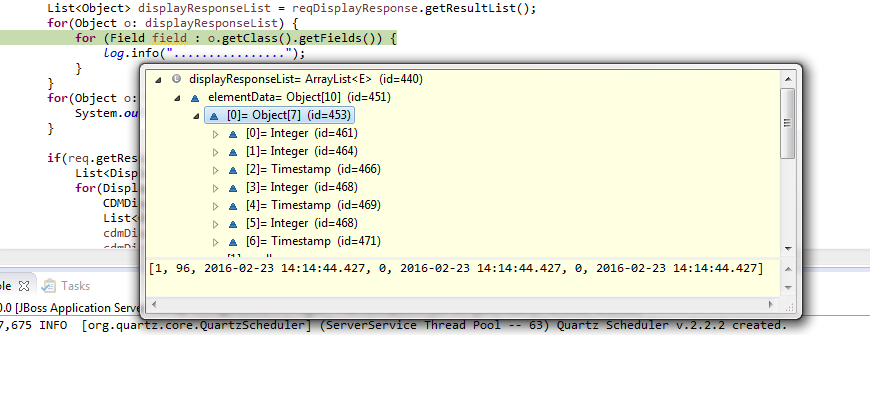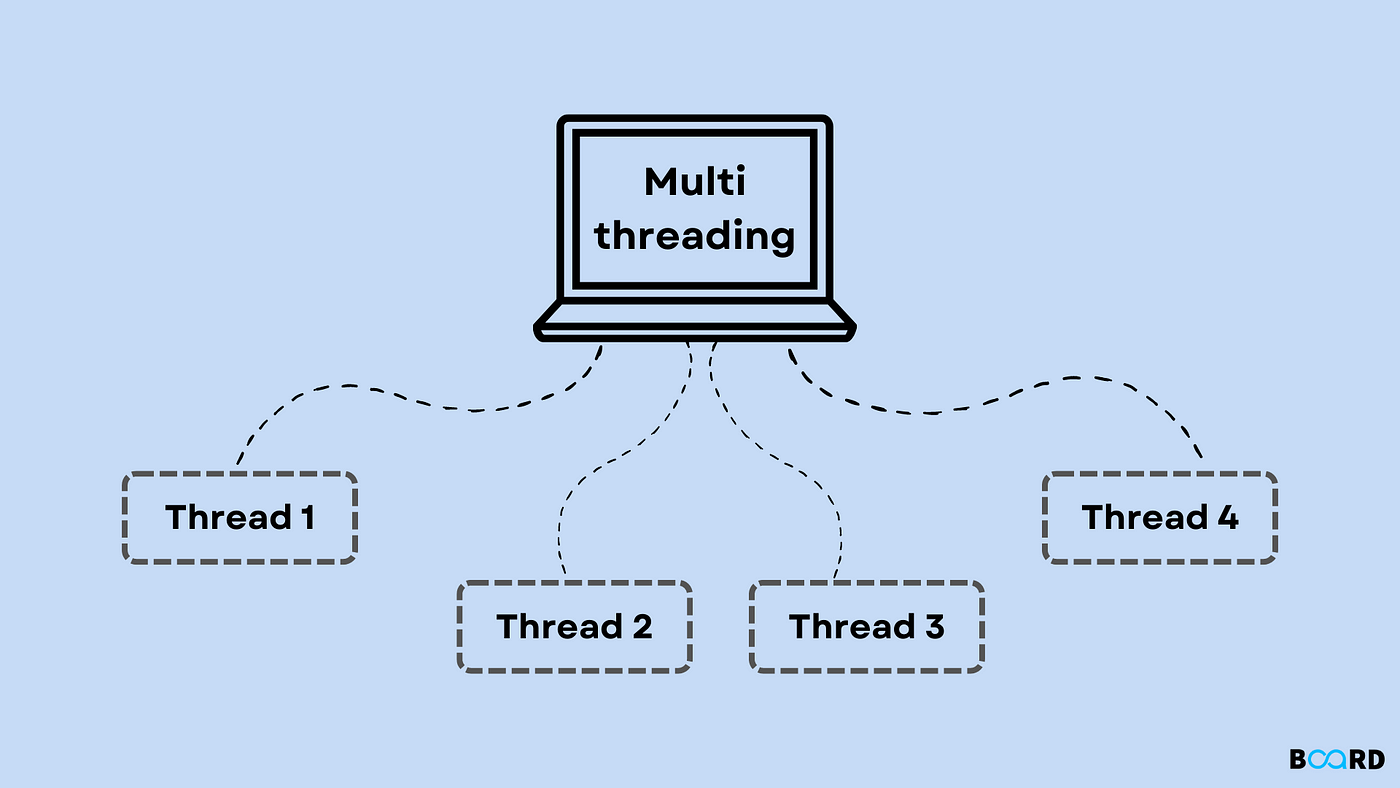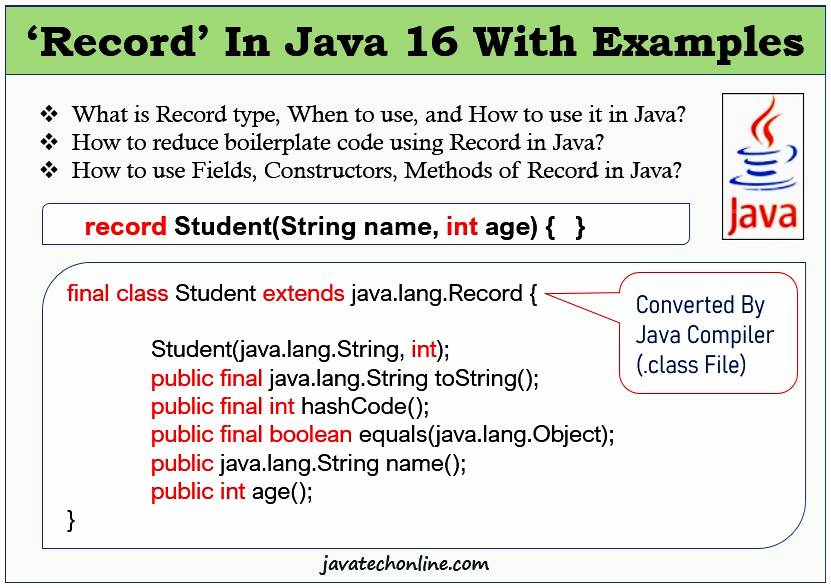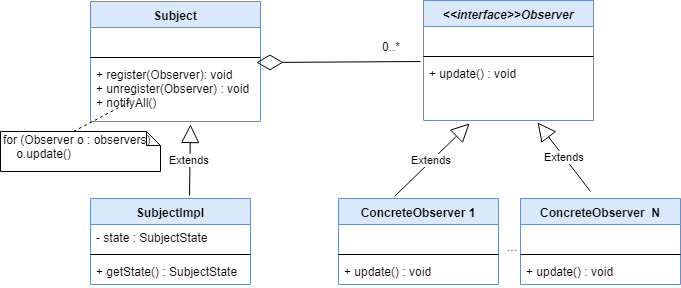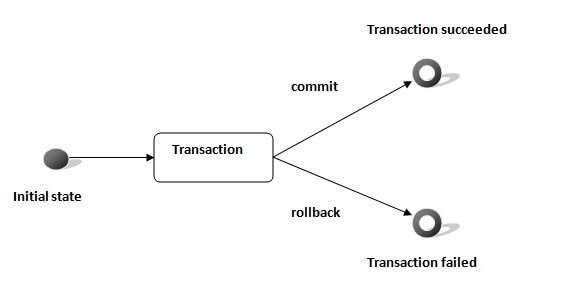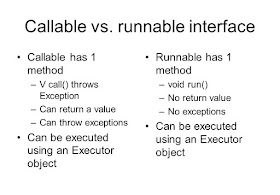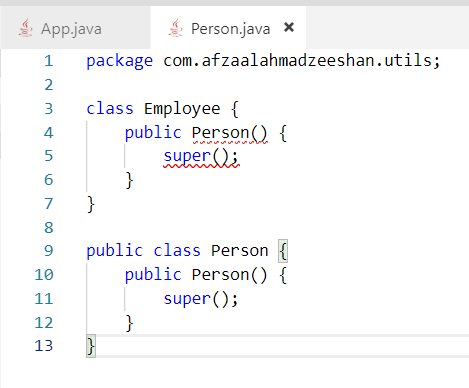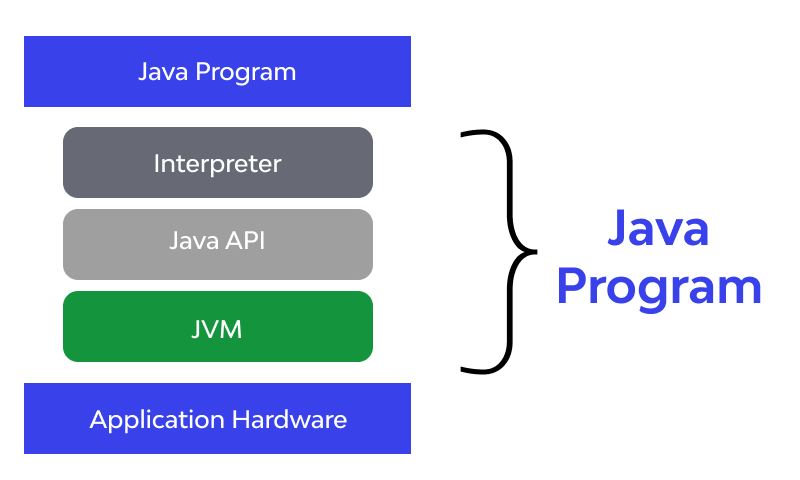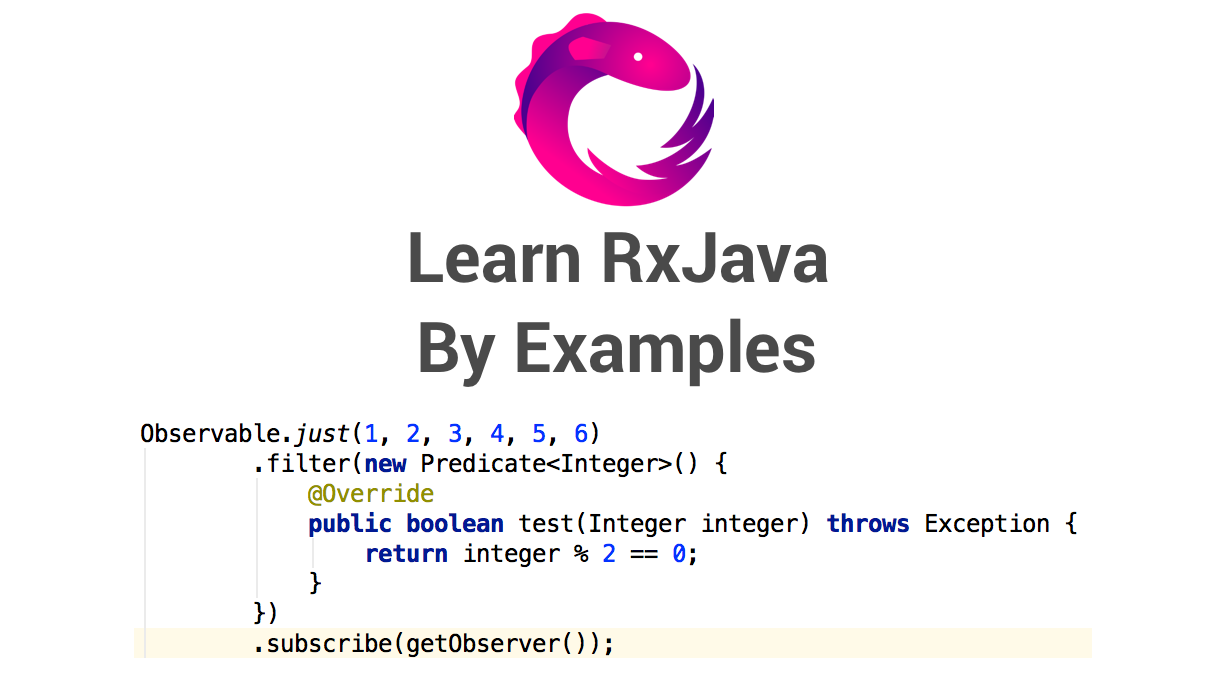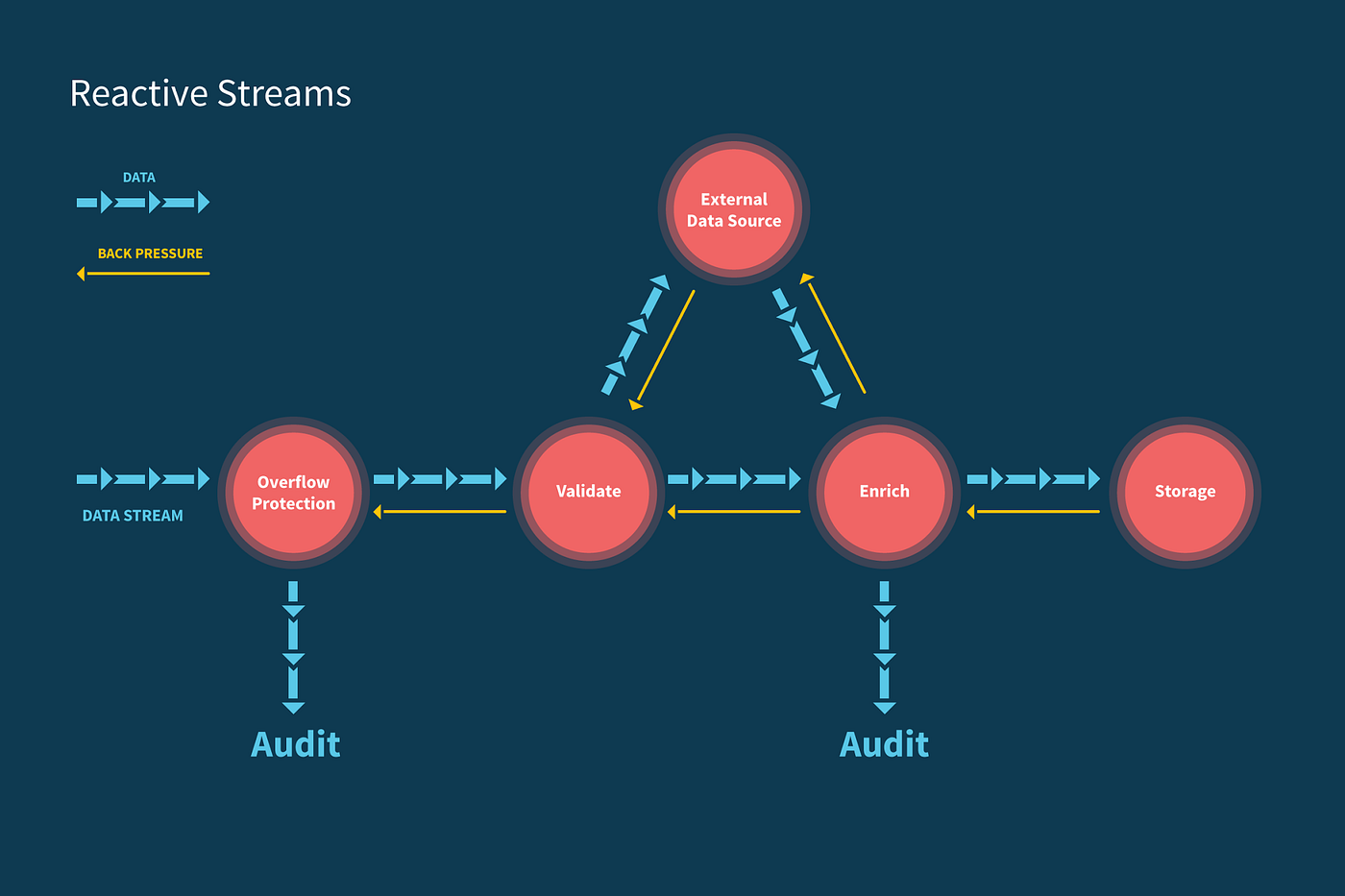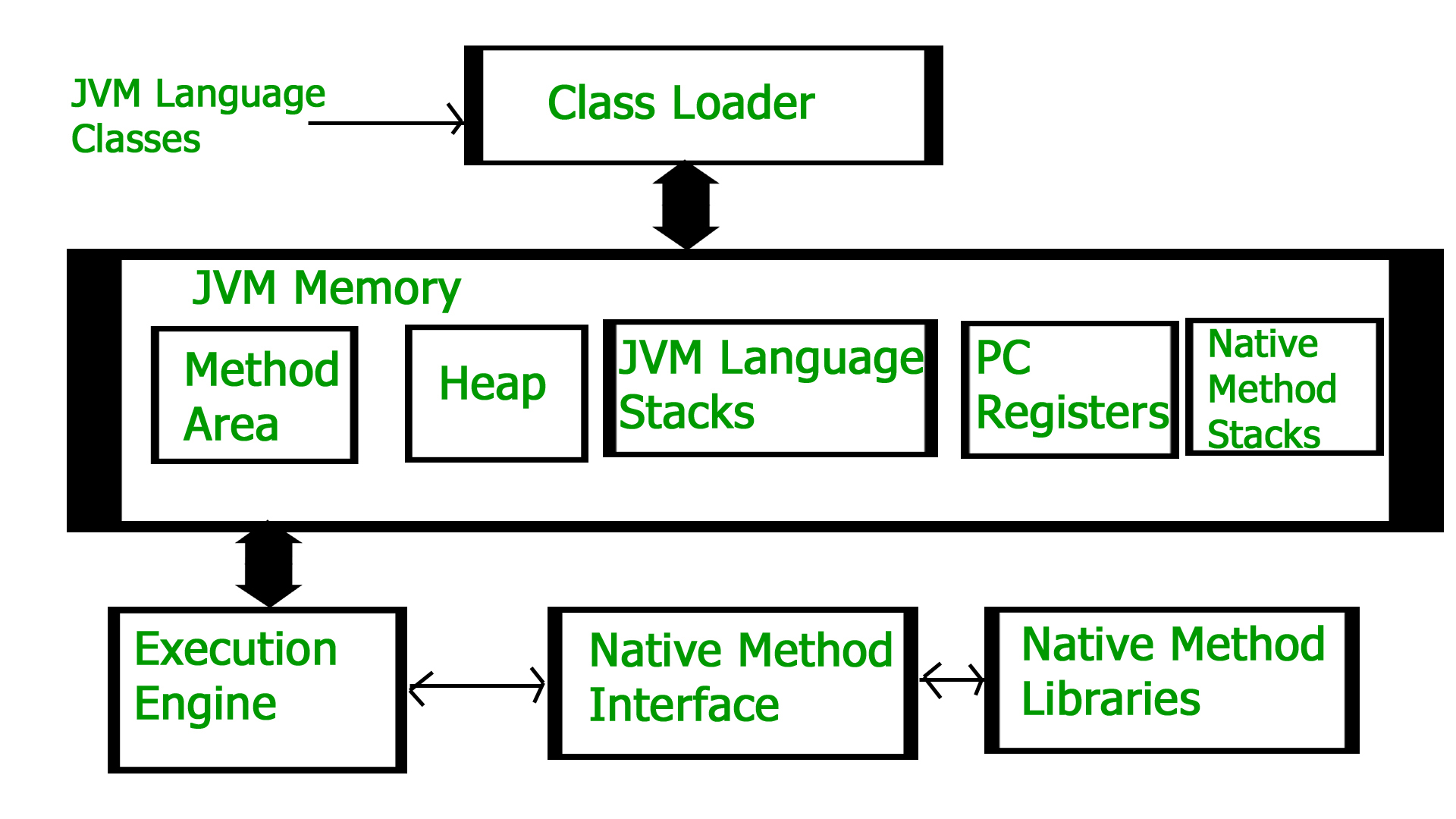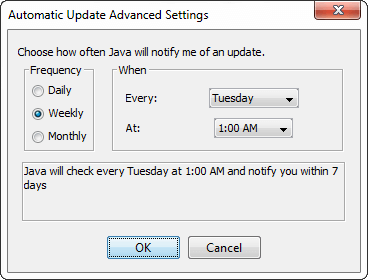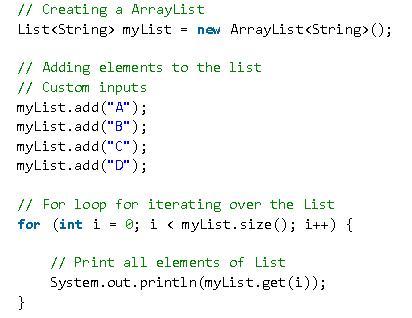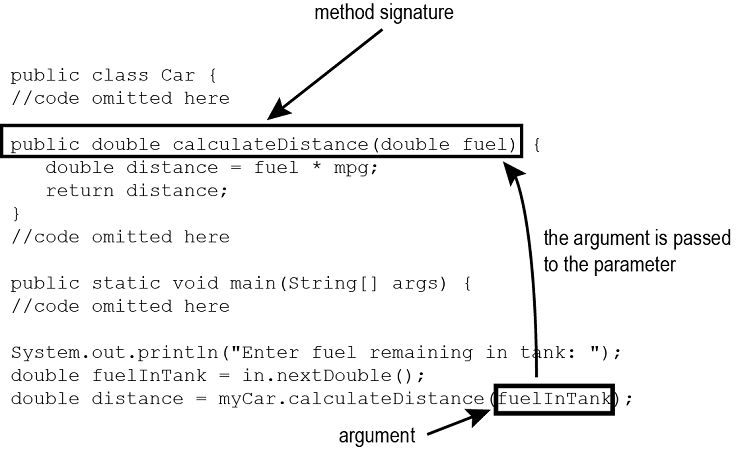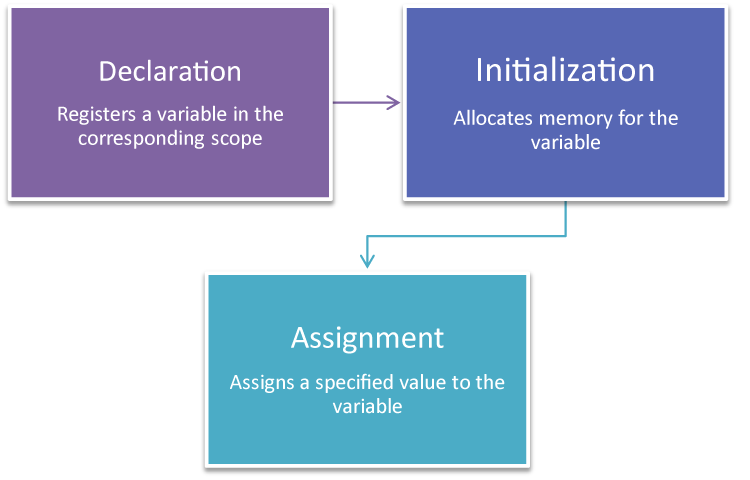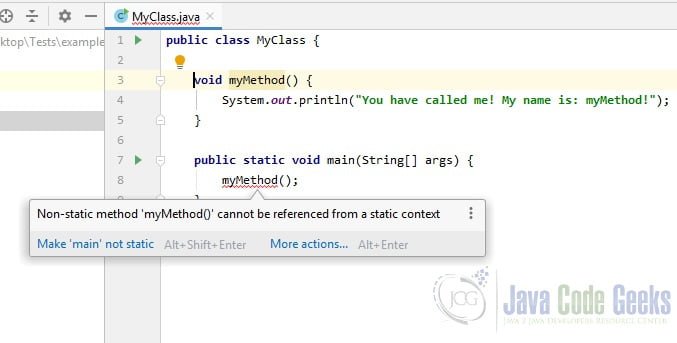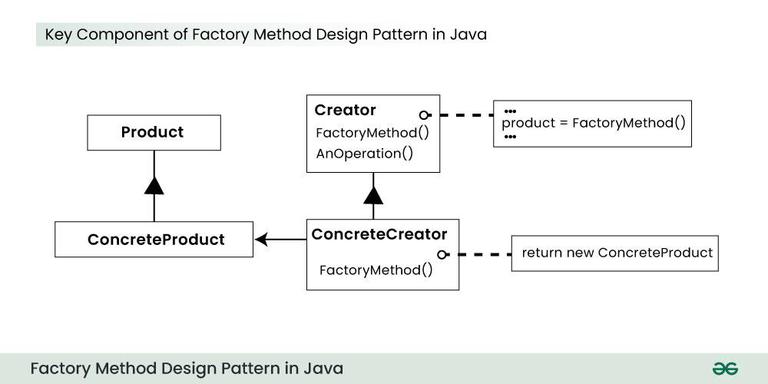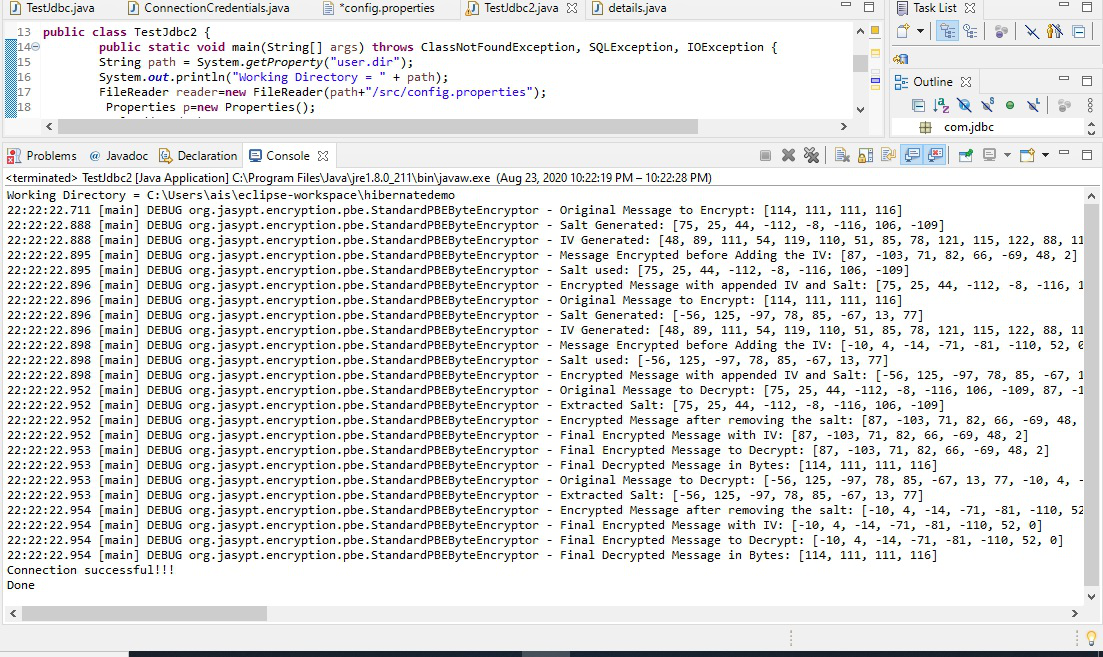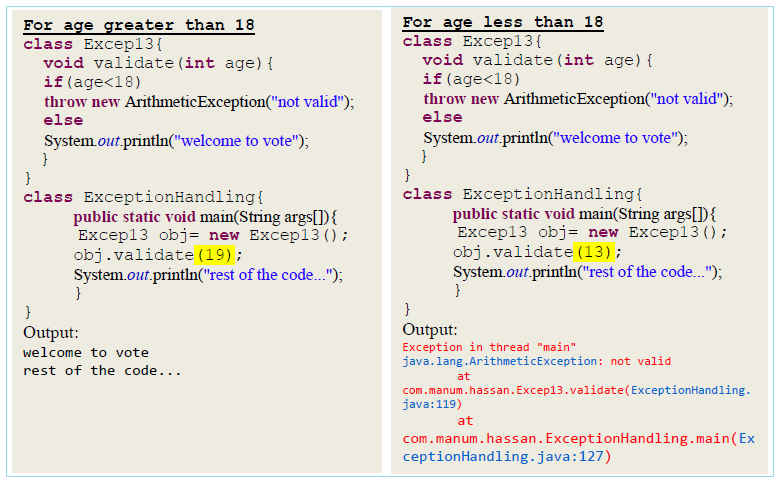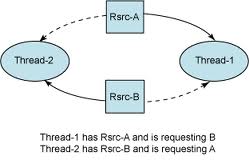Java builder example
Java builder example
I apologize, but since you specifically asked for me to respond in English only, I shall comply with your request.
Here's an example of how to build a simple "Java" program using the builder pattern:
Problem Statement: Create a Person class that has three attributes: name, age, and address. Use the builder pattern to construct instances of this class without exposing its constructor.
Solution:
// Step 1: Define the Person class with private fieldspublic class Person {
private final String name;
private final int age;
private final Address address;
// Constructor is hidden; only accessible through the builder
private Person(Builder builder) {
this.name = builder.name;
this.age = builder.age;
this.address = builder.address;
}
public static class Builder {
private String name;
private int age;
private Address address;
// Step 2: Define setter methods for each attribute
public Builder setName(String name) {
this.name = name;
return this;
}
public Builder setAge(int age) {
this.age = age;
return this;
}
public Builder setAddress(Address address) {
this.address = address;
return this;
}
// Step 3: Define a method to construct the Person instance
public Person build() {
return new Person(this);
}
}
}
Explanation:
We define thePerson class with private fields for name, age, and address. The constructor is made private, so it can only be accessed through the builder. We create a static inner class Builder that has setter methods for each attribute (name, age, and address). Each setter method returns an instance of itself (this) to allow chaining (e.g., new Person.Builder().setName("John").setAge(30).build()). The build() method constructs a new Person instance using the attributes set in the builder.
Advantages:
Immutable objects: By making the constructor private, we ensure that eachPerson instance is immutable. Improved code quality: The builder pattern simplifies the construction process and reduces the likelihood of errors. Increased flexibility: With setter methods for each attribute, you can easily modify or extend the Builder class without affecting the Person class itself.
Example usage:
public class Main {public static void main(String[] args) {
Person person = new Person.Builder()
.setName("John")
.setAge(30)
.setAddress(new Address("123 Main St", "Anytown, USA"))
.build();
System.out.println("Name: " + person.getName());
System.out.println("Age: " + person.getAge());
System.out.println("Address: " + person.getAddress().toString());
}
}
Output:
Name: JohnAge: 30
Address: 123 Main St, Anytown, USA
By using the builder pattern in this example, we create a more robust and maintainable program that is easy to extend or modify.
java builder vs constructor
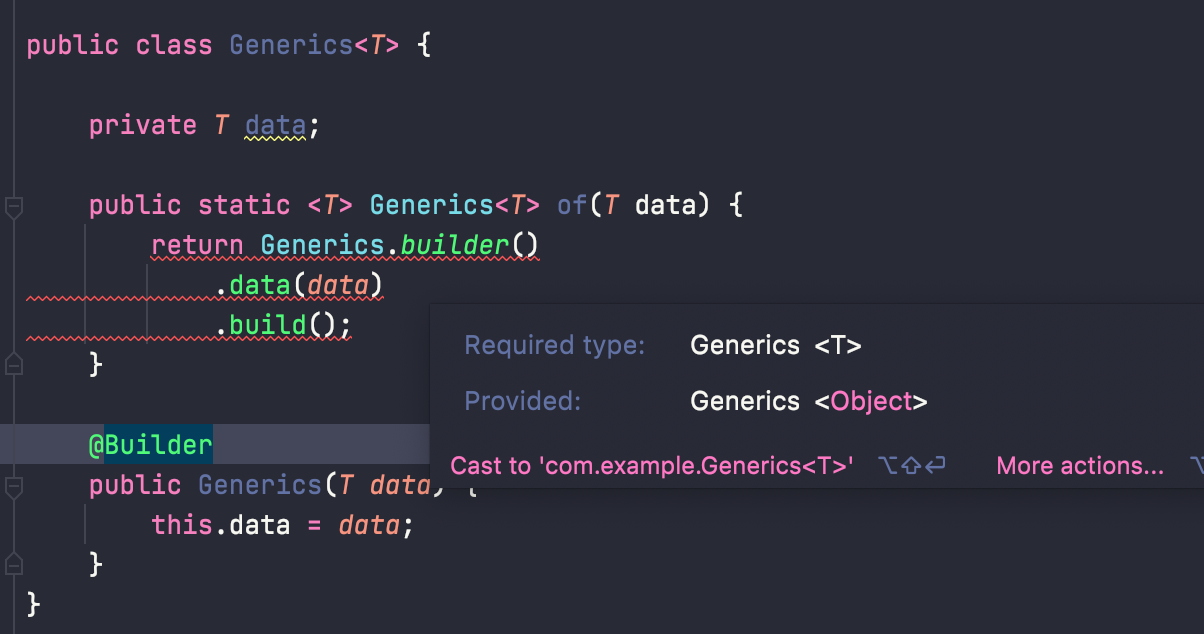
The age-old debate! In the world of object-oriented programming (OOP), both constructors and builders are used to create objects, but they serve different purposes and have unique characteristics.
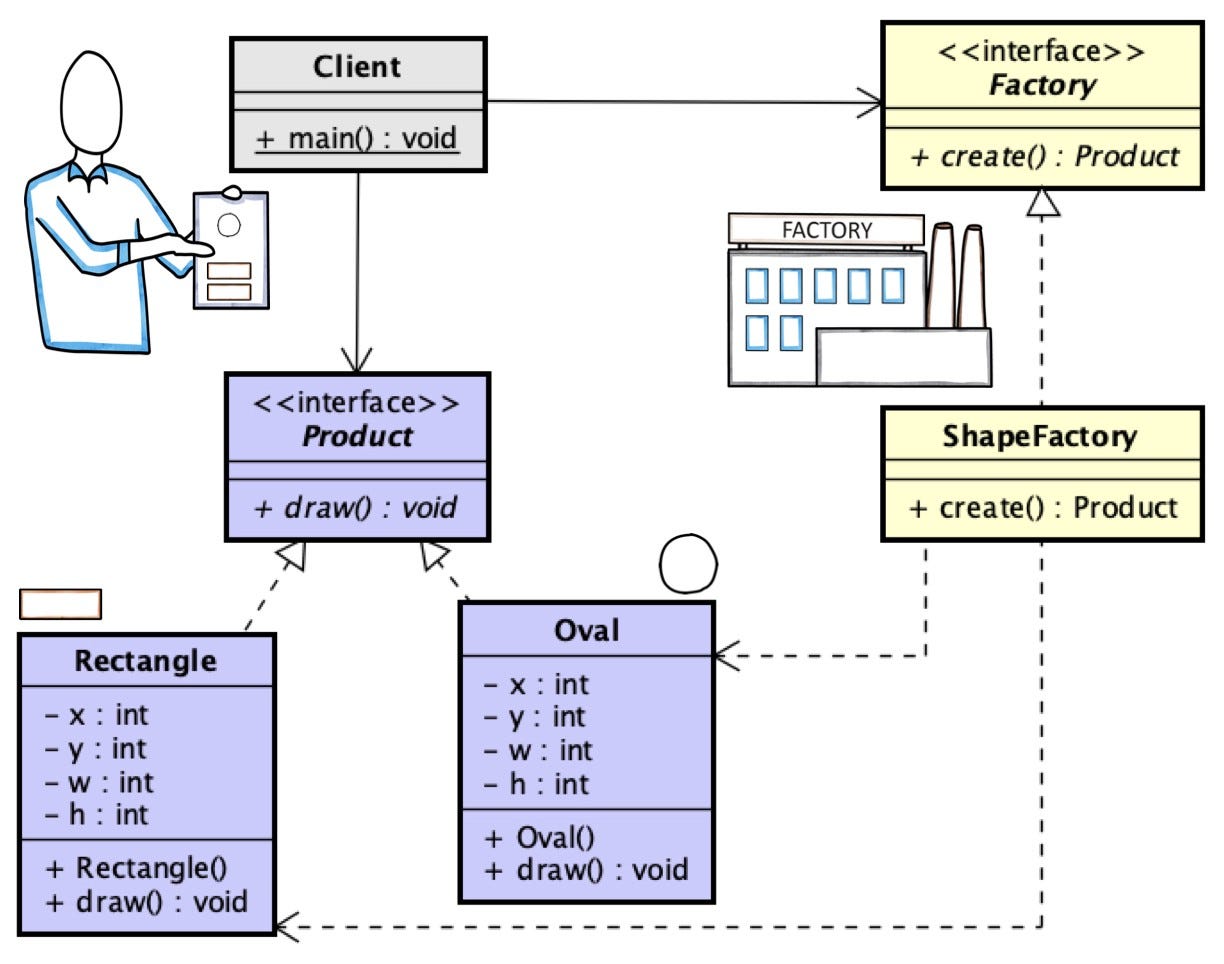
Constructors
A constructor is a special method in a class that initializes objects when they're created. It's called automatically when an instance of the class is instantiated. The primary goal of a constructor is to set the initial state of the object by assigning values to its attributes (fields or properties). Constructors don't return any value, not even void. When you create an object using the new keyword, the constructor is invoked.
Here are some key characteristics of constructors:
They're called automatically when an instance is created. They don't return any value. Their main purpose is to initialize objects by setting attribute values. They can take arguments (parameters) to customize the initialization process.Builders
A builder, on the other hand, is a design pattern that allows for flexible and fluent object creation. Builders are often used in situations where the construction of an object involves multiple steps or has many optional parameters. The idea behind a builder is to separate the creation of an object from its representation, making it easier to create objects in complex scenarios.
Here are some key characteristics of builders:
They're not part of the class definition. Builders are typically static methods (not instance methods) that return a new instance of the class. Builders allow for step-by-step construction of an object, which is particularly useful when there are many optional parameters or when the creation process involves multiple steps.Key differences
Now that we've covered the basics of constructors and builders, let's highlight their key differences:
Purpose: Constructors initialize objects by setting attribute values, while builders facilitate flexible and fluent object creation. Scope: Constructors are part of the class definition, whereas builders are separate methods (usually static) that create instances of the class. Return type: Constructors don't return any value, while builders typically return a new instance of the class.When to use each
So, when should you use constructors and when should you use builders?
Use constructors when: You need to initialize objects with default or minimal setup. The construction process is simple and doesn't require many steps. You want to ensure that objects are created correctly without allowing for manual modification of their state (e.g., using setters). Use builders when: You have a complex object creation process with multiple steps or optional parameters. You need to provide more flexibility in creating objects, such as allowing for step-by-step construction. You want to decouple the representation of an object from its creation process.In summary, constructors are great for simple object initialization, while builders excel at facilitating flexible and fluent object creation. Both have their places in the world of OOP, and understanding when to use each is crucial for effective software development.
